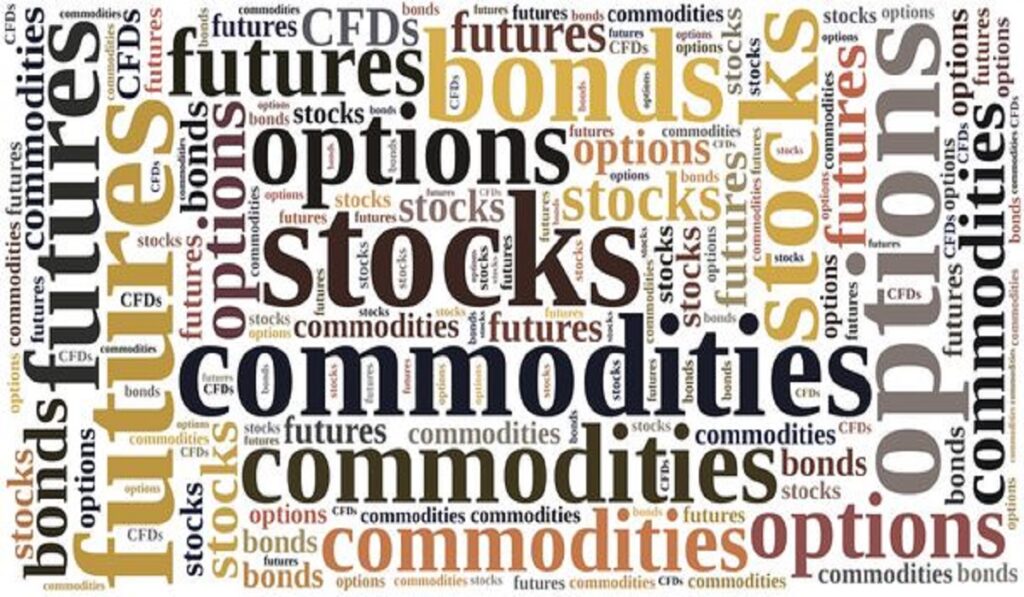Gold in Modern Finance: An Overview

Money and finance have long been linked to gold since ancient history began. Gold is widely recognized for its beauty and rarity as an emblematic representation of wealth and power; serving as an indicator for other assets to measure against while contributing to global finance systems.
Recent years, however, have cast doubt upon the place of gold in financial matters. Some contend its worth has decreased amid digital currency adoption and new financial innovations while others see it as essential in creating an asset portfolio and guarding against inflation or economic fluctuations.
Gold as an investment asset lacks productivity and growth potential when compared with stocks, bonds or real estate; its value instead rests solely in perceived rarity and desirability which changes depending on market conditions.
Gold’s supply is relatively static and most new supplies originate from mining operations; therefore its price can easily be altered by large holders through manipulation of its supply.

Gold remains an integral component of global financial systems despite these difficulties, with central banks and institutional investors hoarding large reserves as an asset class to hedge against economic uncertainties. Furthermore, its use in industrial and technological applications helps preserve its value.
Gold remains an attractive investment asset due to its perceived security. Unlike other financial assets that may experience fluctuating supply and demand dynamics, gold’s supply-demand relationship makes it an effective store of value even during times of market instability.
Gold’s value is further increased by its widespread use in jewelry and decorative items such as high-end luxury pieces made with gold. Consumer demand adds even further support to gold’s price, making it an attractive asset diversifier when seeking to diversify portfolios.
Though gold may present challenges and discussions, it remains an integral component of global financial systems. Though its role has changed with time, gold remains an attractive investment that provides investors with security in an unpredictable world. If you’re new to investing or an experienced pro alike, adding some gold into your portfolio would certainly prove beneficial.
Gold has a special and lasting place in finance and investing today. The importance of gold is a result of several factors.
Gold as a Store of Value Since centuries, gold has been recognized for its value. Gold tends to hold its value, unlike paper currency, which is subject to inflation or devaluation. It is a good hedge against currency depreciation, economic instability and inflation.
Diversification Gold is used to diversify portfolios by many investors. Gold can be used as a counterbalance when traditional assets such as stocks and bonds underperform or face uncertainty. It helps spread risk.
Safe Haven During periods of economic and geopolitical unrest, investors flock to gold for its safe haven value. Gold tends to do well when inflation, currency fluctuations or global crises are a concern.
Inflation hedge Gold has traditionally been an effective hedge against inflation. Gold’s real value often increases when the purchasing power fiat currency currencies is eroding due to increasing prices.
Gold’s Liquidity is high. Gold can be bought and sold in many forms including paper gold, ETFs, and physical gold coins.
Portfolio insurance Some investors consider gold to be a type of portfolio insurance. It can protect wealth in times of economic crisis and financial downturn.
Speculation Gold can be used for short-term trading by investors who buy and sell based on price fluctuations.

Gold investors should consider the following factors:
Define the purpose of your investment. Do you want to diversify your portfolio or speculate on price fluctuations? Your strategy depends on your goals.
Gold Form: Decide if you want to invest physical gold (coins and bars) or in paper gold (ETFs and futures). Each has advantages and risks.
Security and Storage: Consider how you will secure your gold if you decide to buy it. Many investors store their gold in professional vaults and safe deposit boxes.
Market Condition: Be informed of economic and geopolitical events that may impact the price gold. Gold prices can be affected by factors such as interest rates, currency fluctuations, and inflation.
Diversification : Do not invest all of your money in gold. Diversify your portfolio across different asset classes to spread risk.
Costs : Be aware that there are transaction costs, storage fees and taxes involved with purchasing, selling and holding gold.
Long Term vs. short-term: Determine whether you’re a gold investor who is looking to hold the metal for a long time or a trader with a shorter-term outlook. Your time horizon can have a huge impact on the strategies you choose.
Professional Advice Consider seeking out advice from financial experts who have experience in precious metals and gold investment.
Regulations – Understand the tax and legal implications of investing in gold, as these can vary depending on your country.
Gold can be an excellent addition to a portfolio of investments, but its value should be understood and approached with a strategy. Gold investors should also stay informed on the financial landscape.






